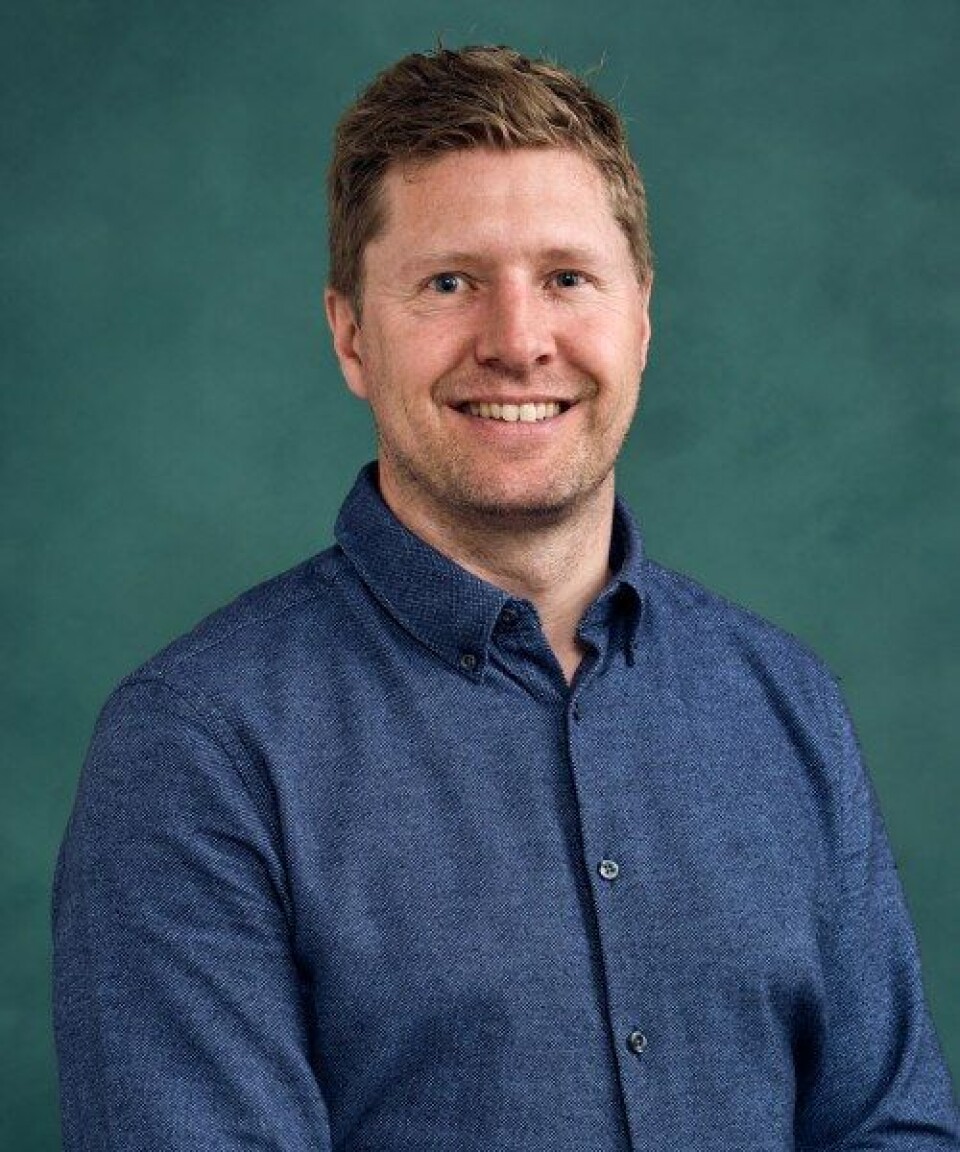
Canada’s fish farmers offered a taste of the Donut
The Norwegian company behind the Marine Donut floating closed containment fish farm has established a Canadian subsidiary to trial and sell the system in Newfoundland and Labrador.
Bluegreen Group is an expert in thermoplastics that has worked on the Preline and FishGlobe floating closed containment systems being trialled by Lerøy and Grieg in Norway, along with many on-land fish farms.
The Marine Donut – a floating plastic torus – was one of several projects that had the involvement of the world’s biggest salmon farmer, Mowi. The fish farmer received two Norwegian development licences that together allowed it to grow 1,100 tonnes of fish in the Donut to offset the cost of the initiative. But Mowi has wanted eight licences, and the Donut was never built. Earlier this year, Mowi sold the licences to Bluegreen.
No wild fish interactions
Bluegreen has now taken the idea to Canada, where the technology should mitigate problems such as sea lice, extremes in water temperatures, and the spread of infectious salmon anaemia (ISA) that have dogged salmon farming on the Atlantic coast.
The Donut’s design also means it will remove interaction with wild fish, which the Canadian government has made a priority in British Columbia on the Pacific coast.
Mark Lane, former executive director of the Newfoundland Aquaculture Industry Association, is a director of the new subsidiary, Bluegreen Canada Inc.
‘Enormous potential’
“Having worked in the seafood farming industry for more than two decades, I firmly believe that Bluegreen’s Marine Donut has enormous potential to reduce biological, environmental and political pressures,” said Lane in a press release.
“We feel the Marine Donut can assist salmon farmers in producing more product at lesser cost by complementing existing technology and infrastructure.”
Bluegreen chief executive Nils-Johan Tufte said: “With our expertise in designing and constructing state-of-the-art technologies to improve biological performance and environmental sustainability in the salmon farming industry in Norway, we are excited about introducing our solution, the Marine Donut, to the province of Newfoundland and Labrador with full intent to scale to other jurisdictions throughout the Americas.”

Different specifications
Tufte told Fish Farming Expert that no fish have yet been grown in a Donut, but there are plans to do so next year in Norway following the purchase of the development licences from Mowi.
He also explained that there are different specifications to a Donut in Canada and a Donut in Norway. A small-scale version of the Norwegian Donut has already beey pool tested with Sintef, Norway and designed accordingly.
“Canada is a bit behind, and we hope to test it locally according to local conditions and impacts before building one,” said Tufte. “However, the process has started to design one for Canadian waters as well as preparing for a local production of one full-size unit initially.”





















































